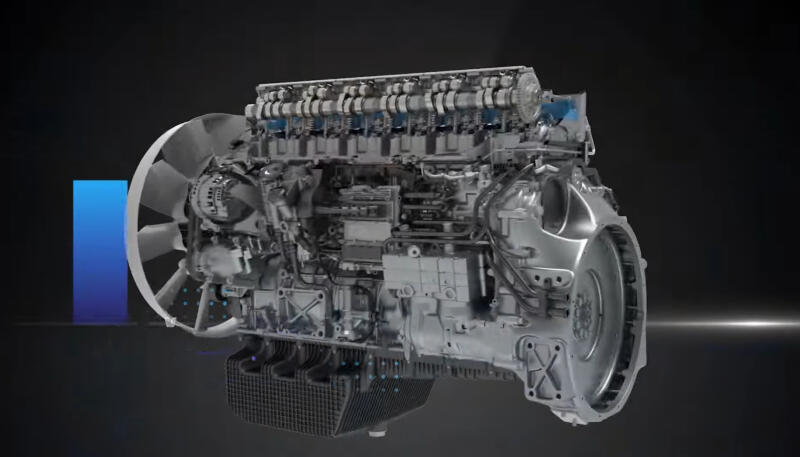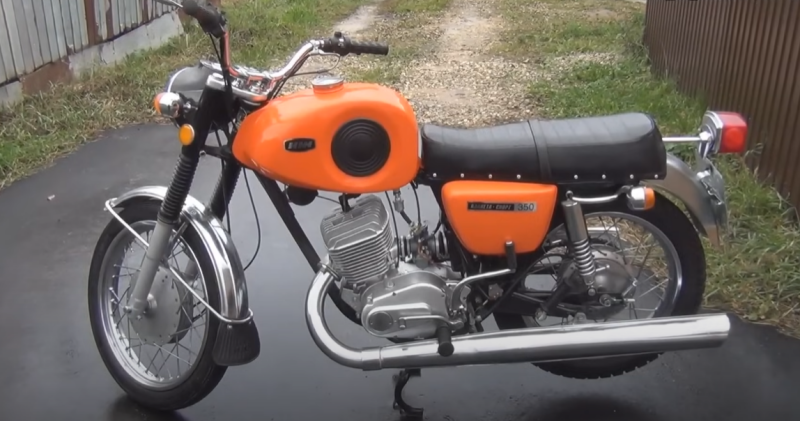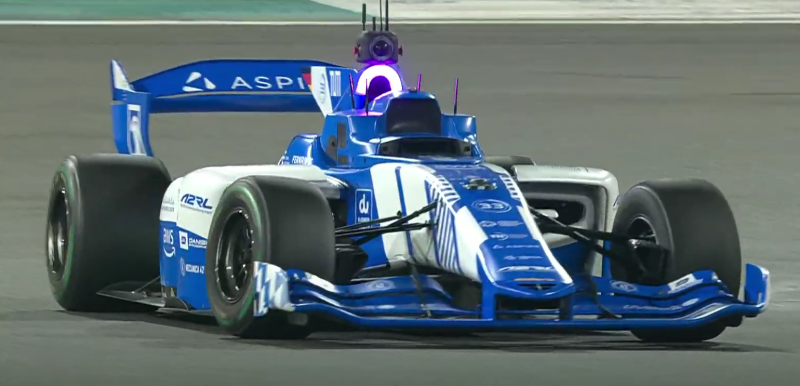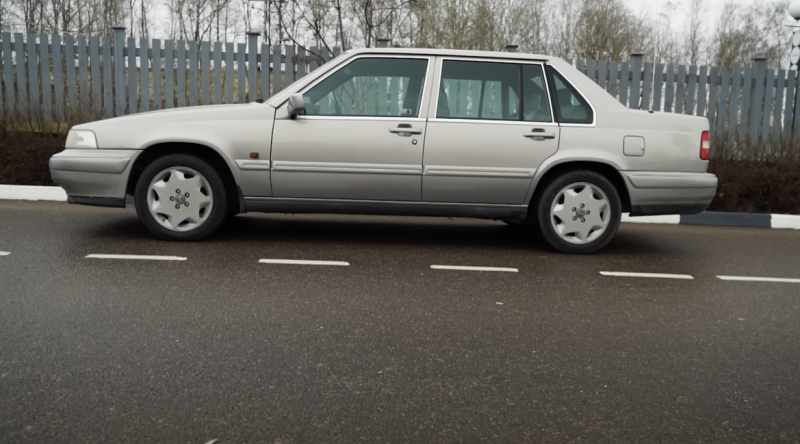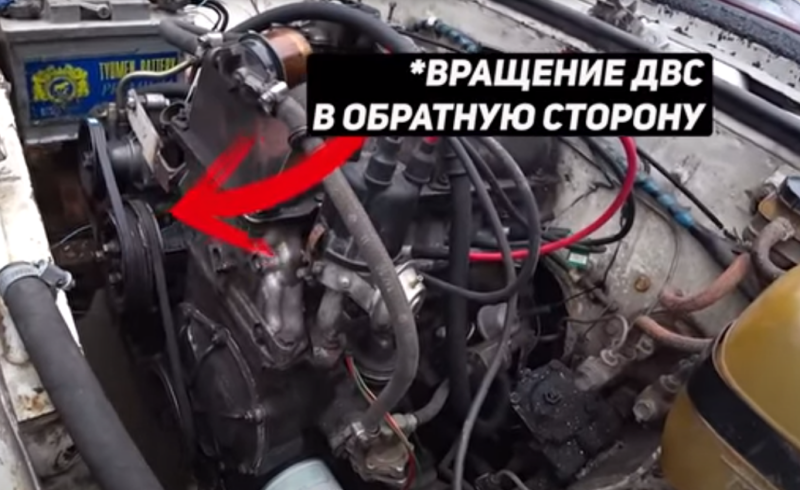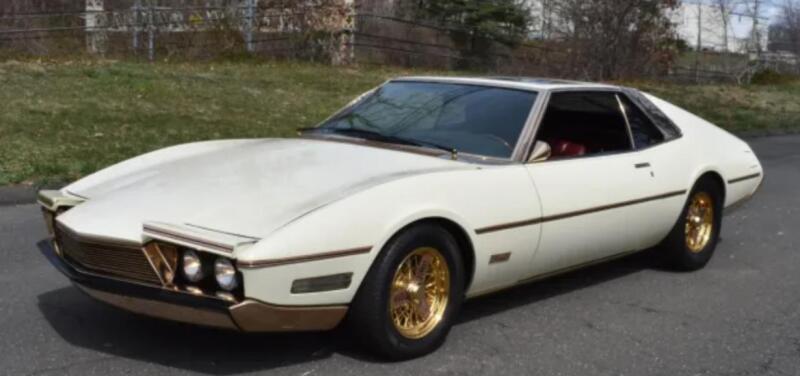I will say even more, those of us who are over fifty or so could observe the amazing dynamics of high-speed electric locomotives, which in the USSR received the name “Emergency Series”. It all started with the modest first model, then there was the Cheburashka ChS2, and so on until the seventh generation. And this is not counting special models like ChS200.
 Four-axle locomotive Skoda 71E. Photo by the author
Four-axle locomotive Skoda 71E. Photo by the authorSeeing such a picture, one might get the impression that on our roads we can meet the entire range of various equipment produced during the Soviet period at Skoda-Plzen facilities. Frankly, I was once also inclined to similar conclusions until I studied the issue in more detail.
As it turned out, the specifics of our country were its enormous size and the increased load on the locomotives used, including due to the large number of cars in passenger trains. This left its mark on the fact that even six-axle Cheburashkas often turned out to be an insufficiently powerful option. Which led in the 80s to the appearance of a whole series of two-section eight-axle ChS locomotives.
However, within Czechoslovakia itself (and even more so within the Czech Republic, which is 40% smaller than it), the situation was slightly different. Local passenger transportation ensured the formation of only 5-6 carriage structures, or even less. Very rare routes required larger trains to travel along them.
 Český Draghi still uses it today as a locomotive for passenger trains. Photo by the author
Český Draghi still uses it today as a locomotive for passenger trains. Photo by the authorFor this reason, Český Draghi may well be content with even four-axle locomotives, which we have never even seen for the above reasons. And we will introduce you to one of these models today. This electric locomotive of class 163 (71 E) is created on the basis of two-system class 363, by removing the spare part of the system.
New equipment that came to the court on Czechoslovak roads
Electric locomotives of class 163 remain today one of the most common on lines with direct current power supply. At one time, they replaced the first generation Skoda cars, originally from the 50s. It is therefore conceptually different from other DC locomotives, both mechanically and (especially) electrically.
The first batch of twenty Skoda 71E electric locomotives (class 163) was prepared in a short time: from September to December 1984. It was called the test series.
Such ultra-fast pace is taken by the Czech company for a reason. The current situation forced me to do this. After all, the old equipment of the 140 and 141 series had practically exhausted its service life and required urgent replacement already in the mid-80s. And the Shkodovka facilities were more occupied with the assembly of locomotives for Soviet roads, the operation of which within the country itself often looked economically unjustified.
Taking their time until the last minute (after all, they could not refuse the Soviet side and disrupt relations with a strategic partner), the Czechs waited until the “roasted rooster pecked.” So, abandoning everything, the plant team sat down to the hard work of assembling new electric locomotives for Czechoslovak passenger lines on direct current.
But there were also areas with alternating current. Therefore, the main efforts were later directed to the assembly and delivery to consumers of two-system locomotives of the 363 series, which had the possibility of universal use. But the model we are considering today has the following history:
✅ end of 1984 – test batch of 20 units
✅ 1985/86 – another 40 locomotives of this series
✅ 1991/92 – 60 modified electric locomotives of the 99E series
The fact that it took less than two years to assemble six dozen passenger locomotives speaks not only of the urgency of the order. But also about the enormous potential of the Skoda-Plzen production facilities. Moreover, the history of the universal type 363 developed in parallel. And no one canceled the Soviet order. It was in the second half of the 80s that the idea of supplying powerful two-section passenger electric locomotives for the USSR: ChS6, ChS7, ChS8 and ChS200 was widely implemented.
Technical advantages and features of the Skoda 71E
But let's return to our today's heroes. Their implementation led to a reduction in electricity consumption due to resistance regulation. At the beginning, however, a small error appeared related to the amount of energy used for heating in the resistors. Later it was corrected, maintaining pulse control and starting the locomotive without unnecessary heat loss.
 Some of the electric locomotives are the property of the private railway company Cargo. Photo by the author
Some of the electric locomotives are the property of the private railway company Cargo. Photo by the authorThis is why these cars have become the most common type on local roads. They are still widely used today as passenger or cargo transport. Locomotives of this series can be found in abundance on both Czech and Slovak railways. Here are the main characteristics of the Skoda 71E:
✅ weight - 85 tons
✅ maximum speed - 120 km / h
✅ output power was 3060 kW
✅ maximum wheel diameter – 1250 (average – 1215) mm
But a general idea of this main technology would remain incomplete without mentioning its physical parameters. In principle, they are visually comparable to the models known to us, although due to the four-axis layout they have a slightly shorter overall length. Here's what it looks like in numbers:
✅ length along bumpers 16,8 (locomotive section - 15,5) m
✅ body width – 2,94 m
✅ height - 4 m
✅ chassis wheelbase – 3200 mm
✅ trolley height – from 4900 to 6300 mm
The locomotive has four DC motors with compensation windings. Power control is smooth, non-contact, which depends on relatively open pulse converters. There are also auxiliary power drives from its own pulse inverter. After a not very good start, these electric locomotives have proven to everyone that they are among the most trouble-free. That is why they received the sonorous nickname “Pershing”.
Some of the cars were later rebuilt, using series 363 locomotives as a base. The electric locomotives were equipped with a new power management system using IGBT transistors. This allowed for some of them to increase the maximum speed from 120 to 140 km/h.
The second series, also on the Italian market
When the socialist period in the country's history came to an end, Czechoslovakia embarked on capitalist tracks. This transition turned out to be very painful, especially due to the fact that some legendary enterprises simply “went out of business.”
 Now the Skoda 71E has no problems with the electrical part. Photo by the author
Now the Skoda 71E has no problems with the electrical part. Photo by the authorFor Skoda-Plzen, too, everything was far from painless. The plant, which once had enormous industrial potential, was forced to significantly reduce production turnover, resorting to partial repurposing. The grateful Soviet market disappeared, and not everything went well within the country either.
Nevertheless, in the period from 1991 to 1992, Skoda-Plzen decided to try to resume the history of the popular locomotive, offering its second, slightly modernized, series under the name 99E. The changes were minimal, the main one concerned the use of reverse conduction thyristors of the RCT type in the power section.
Even the initially planned possibility of increasing the maximum speed to 140 km/h remained unrealized; the performance remained at the level of the base model. The locomotive was produced for ChSD, which took advantage of a loophole in the contract so as not to buy back the equipment already manufactured for them on time. Therefore, 99E stood on the tracks of the main station in Pilsen for several years.
 Skoda 71E on the sidings of one of the stations. Photo by the author
Skoda 71E on the sidings of one of the stations. Photo by the authorAs a result, electric locomotives began their work at a time when two sovereign states already existed: the Czech Republic and Slovakia. Their railway departments purchased 51 units of all locomotives produced. For this reason, the remaining nine copies were sold to the private Italian carrier Ferrovie Nord Milano in 1995. They were assigned the modified index 99E2. Until now, the technique has been successfully used both in the territory of the former Czechoslovakia and in sunny Italy.

